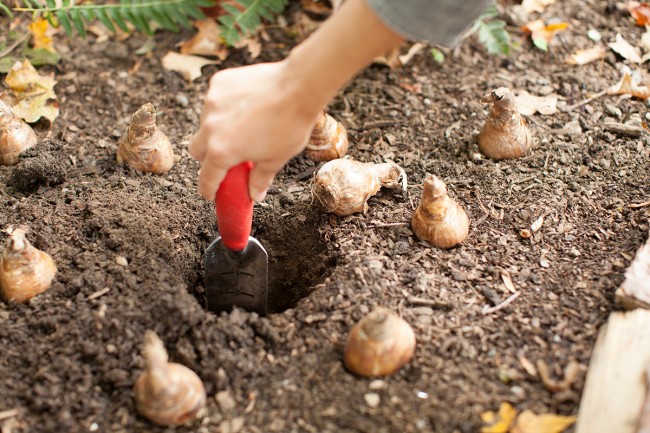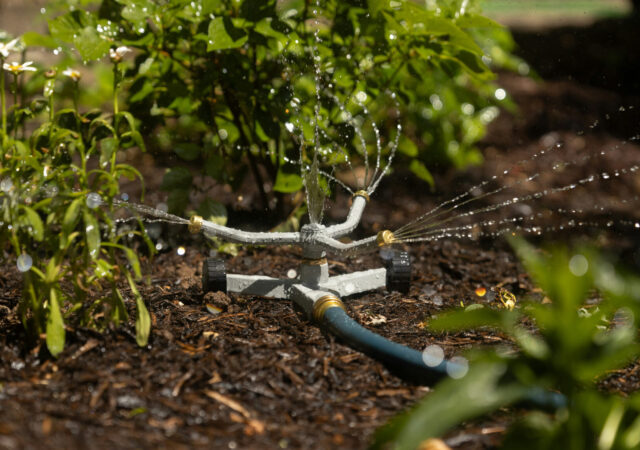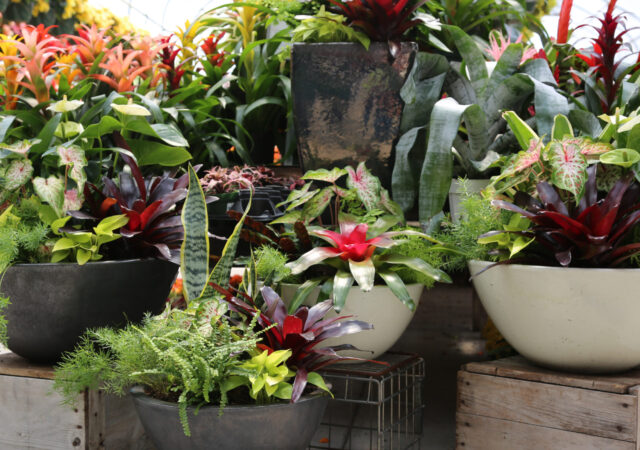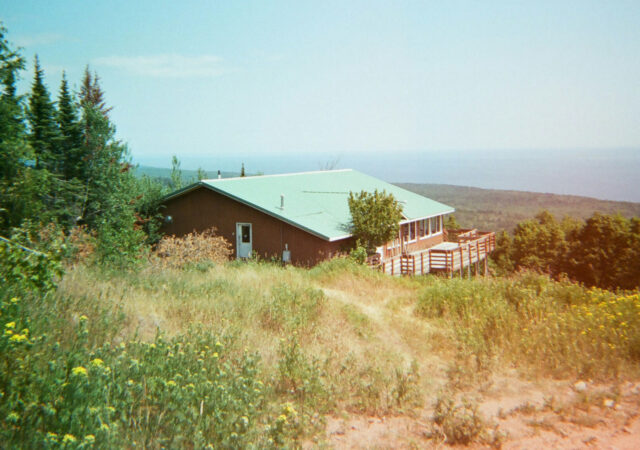At Sunnyside Gardens, the vast majority of the bulb plantings we do are completed in the fall in order to have spring flowers. We most commonly plant tulips, daffodils, crocus, alliums, and hyacinth. Learn more about when and where to plant these bulbs and how to plant them so your garden has the most success.
When and where to plant bulbs
Bulbs should be planted when the ground is cool (40° to 50°F), and they should be planted at least six weeks before the ground freezes. Bulbs can be planted anywhere in your garden if the soil drains well in the location you choose – avoid areas where water collects. Bulbs also like the sun, so make sure you plant them in a spot that gets plenty of sunshine!
How to Plant Bulbs
To grow the best bulbs, follow our step-by-step planting instructions.
1. Prepare the soil. The soil should be loose and well-drained. Remove all rocks, weeds, and other debris. You should mix in organic material, like compost or peat moss, and add a special bulb fertilizer for the best results. Consider adding an animal repellent both in the hole and on top of the buried bulb to prevent animals from digging it up.
2. Dig a hole. As a general rule of thumb for planting bulbs, bury the bulb in a hole three times as deep as the bulb is tall. Planting the bulbs too deep can lead to late blooms (or no blooms at all). Planting the bulbs too shallow leads to too much exposure to frost and cold weather.
3. Place the bulb. Be sure to orient the bulb upright and then cover it with soil. Lightly compress the soil, but do not pack it.
4. Water it. After the bulb is planted, be sure to give it plenty of water to help stimulate root growth.




